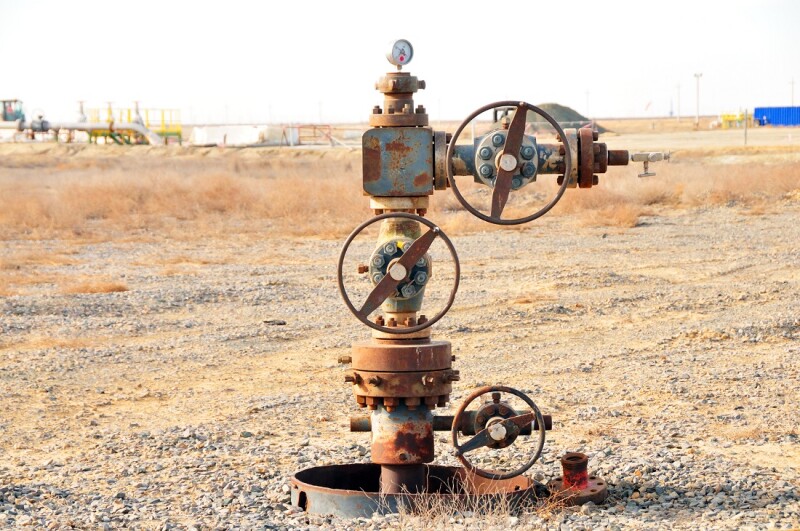Late last year, California Gov. Gavin Newsom won praise from environmentalists when he announced new rules that require 3,200 ft of buffer space between new oil wells and homes, schools, businesses, and health facilities. The state agency that approves the construction of wells endorsed a view long advanced by environmental justice advocates, concluding that living near wells leads to poor health, including perinatal and respiratory damage.
But a loophole in the rules could still put hundreds of communities at risk from new wells—even if the state doesn’t consider them new.
The rules currently under consideration define a new well as “a new boring that involves installation of surface casing where none existed previously.” This wouldn’t exclude operators from restarting idled wells across the state, even if they sit within the 3,200-ft setback zone. In some cases, the wells might be so old that few residents living near them can recall a time when they were active.
About an hour’s drive east of San Francisco, in Contra Costa County between the cities of Antioch and Brentwood, an old oil well pad that was active at the end of the last century is now in production again thanks to directional drilling, a newer technique in which wells can suck up oil horizontally as well as vertically. There are far more homes and other developments nearby than there were a half century ago.
The California Geologic Energy Management Division (CalGEM) permitted an oil venture to revive the well pad at a large ranch in the area by installing new directional wells. The venture, co-owned by the company Reabold California and wildcatter Bob Nunn, has three wells producing about 300 B/D and an equal amount of wastewater that comes up with oil. Once pumped, equipment at the site separates oil and gas from water.
Nunn, who has a substantial local presence and has drilled in the region for 30 years, said the field’s original operators had left behind about 40% of its recoverable oil. Last year, he and his partners also applied to repurpose a plugged and abandoned gas well into an injection well to dispose of produced waste water far below the Earth’s surface; it’s still undergoing review by CalGEM.
The wells have raised concerns about health and safety among residents, and local environmental group Sunflower Alliance claims they lie within half a mile of homes, a hospital, and a high school, in addition to several proposed residential developments.
One of Sunflower Alliance’s members, Charles Davidson, used an Aeris Mira Pico Mobile Leak Detection System to detect elevated levels of methane and ethane emanating from the well site, in addition to toxic volatile organic compounds. Investigators with the Bay Area Air Quality Management District (BAAQMD) detected “fugitive leaks” but said they didn’t exceed limits set by regulations, although it issued a notice of violation because the operator was pumping oil without a BAAQMD permit.
In his defense, Nunn said regulatory agencies have allowed oil drilling to continue, and he argues that oil produced in California is better for the environment and the transition away from fossil fuels than imported oil—though oil produced from the Brentwood field had a carbon intensity value greater than much of the oil imported to the state. He acknowledges the well pad is near homes but denies that it is having a negative effect on residents.
CalGEM determined that both the new, oil-producing wells and the repurposed well for injecting waste water were exempt from environmental reviews that could have evaluated effects to air quality. Sunflower Alliance is suing both CalGEM and the well operator, arguing that the wells should have undergone these reviews. “Any operator proposing to reactivate an idle well within the 3,200 area would be required to install vapor recovery systems and other mitigations to protect those who work and live in the well’s vicinity,” said a spokesperson for CalGEM.
But the bigger implication, which likely won’t be argued in court, is that idled wells and well pads may well be revived across the state in the future—just as California is finalizing a 3,200-ft setback on new drills and pushing a broader transition away from fossil fuels.
Shoshana Wechsler, an activist with Sunflower Alliance, calls them “zombie wells” because they come back online with little review or public notice. She fears other idled wells in the Brentwood Oil Field could be revived in the future.
CalGEM’s proposed setback rule “just leaves the back door open to a massive reworking of old wells,” Wechsler said. “The standard is to give with one hand and take away from the other.”

